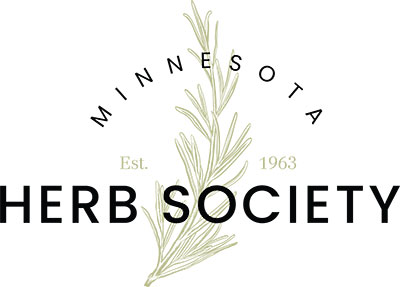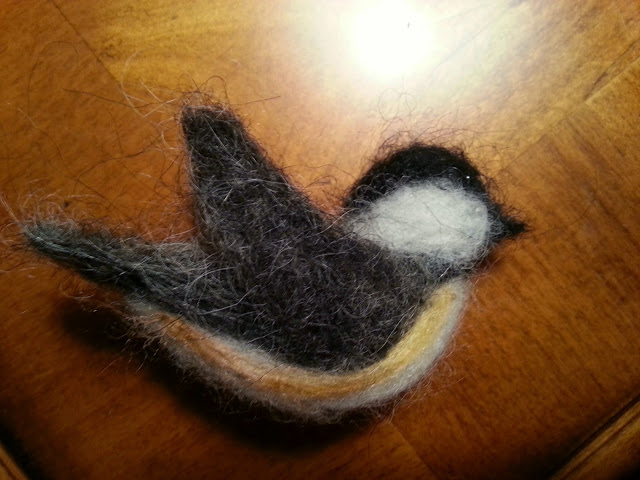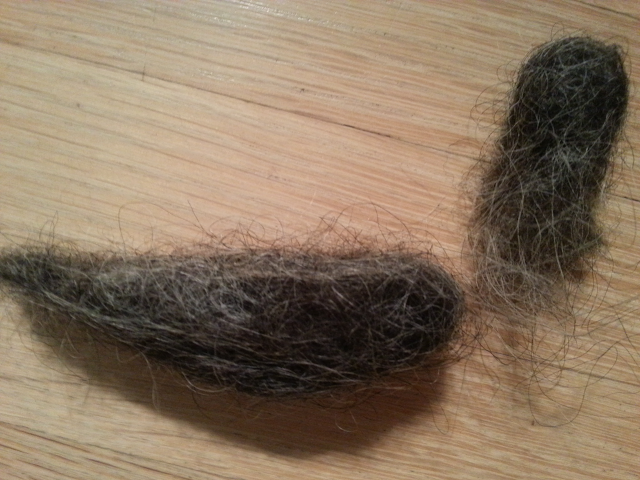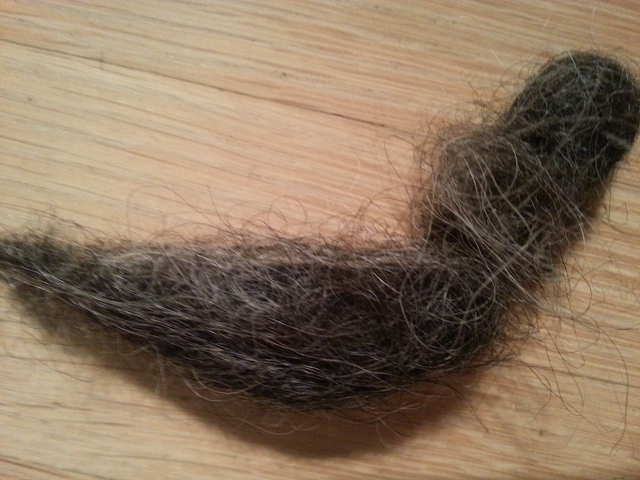Start with some grey roving – you’ll need less than 1/4 ounce. Form the roving (bottom) into a shape similar to a bird’s body and needle punch it into the body (top). Once you have the main structure, you can add more roving to plump up the bird.
Needle punch a ball shape that will be the head of the bird. Leave the fibers on one end of the head loose so you can attach the head onto the body.
Place the head on the body & needle felt the loose fibers into the body. The loose fibers will compact so the bird’s head will be proportional once it is needle felted into the body.
You’ll see that the head is now attached and is proportional. Lay some roving onto your foam punch block in the shape of a wing and needle felt one side. Then flip the wing over and needle felt the other side.
Once you get the wing to the approximate size you want, you can needle felt the shoulder area of the wing onto the body of the bird. The rest of the wing will be loose. Make another wing & attach it to the bird’s body.
So you’ll note that the bird is all one color until now. I felted white to the birds breast and also to the face of the bird. I look at a bird book and use those photos to determine the coloring of the bird.
Next, I take a very small amount of roving and try to felt the beak the best I can, leaving loose fibers to attach to the face of the bird. Additionally, I put the black cap on the chickadee.
I felted some pale yellow to the sides of the bird’s breast and then I took two black beads for the eyes. To sew on the eyes, I thread from the back of the head, over to one side of the head where I want the eye placed. I thread the bead and then stick the needle thru the head to the other side where I want the eye. After threading the bead for the 2nd eye, I take the needle and stick it out the back of the bird’s head again and tie it off (the knot will be on the back of the bird’s head). Usually, I felt a very small amount of wool over the knot.
You can adapt this to any other songbird by changing the coloration. I just happen to like these little guys because they’re almost life size and they are such a cheerful bird that visits us all winter long.










